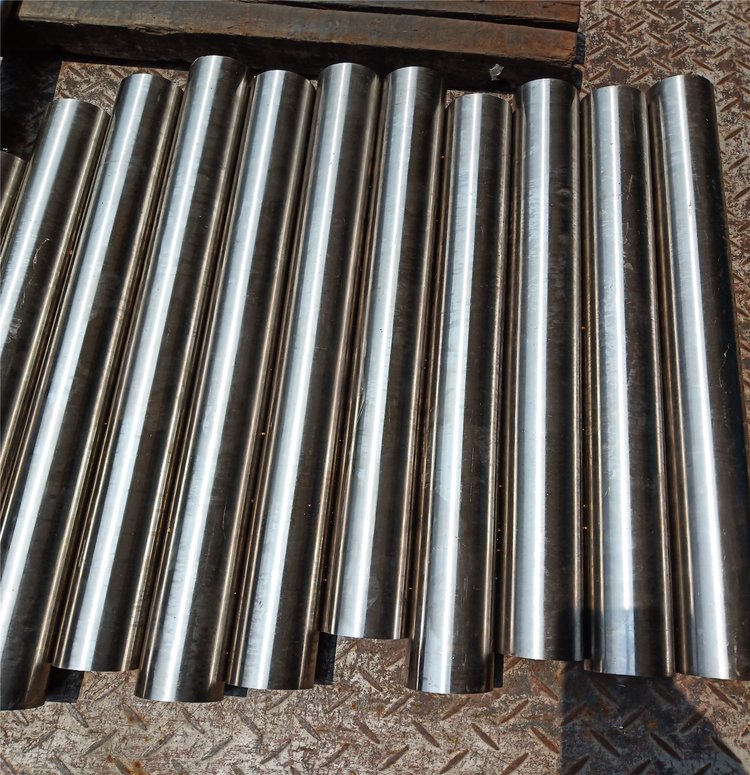In the fields of industrial manufacturing and cutting-edge technology, the performance of materials often directly determines the reliability and service life of products. Nickel alloy steel bars, as a metal material with high strength, corrosion resistance and high temperature resistance, have become an indispensable key material in modern industry, playing an irreplaceable role in energy, chemical industry, aerospace and other fields.

1. Core characteristics of nickel alloy steel bars
Nickel alloy steel bars are based on iron. By adding 8%-50% nickel elements (adjusted according to the specific grade), combined with alloy elements such as chromium, molybdenum, and titanium, a unique material performance matrix is formed:
Corrosion barrier: Nickel elements and chromium form a dense oxide film, which performs well in strong corrosive media such as hydrochloric acid and sulfuric acid. The annual corrosion rate of American Inconel 625 alloy in seawater environment is less than 0.002mm
High temperature stability: Nickel-based alloys still maintain more than 80% strength at a high temperature of 650℃, which is particularly suitable for high-temperature components such as gas turbine blades
Breakthrough in low-temperature toughness: Good ductility is maintained in a liquid nitrogen environment of -196℃, making 9% nickel steel a standard material for LNG storage tanks
Process adaptability: It has both cold working hardening characteristics and hot working plasticity, and can be made into precision bars with a diameter of 0.5-500mm
2. Industrial application map
Energy revolution pioneer
Nuclear power steam generator heat transfer tubes use Inconel 690 alloy bars have a service life of more than 40 years in a 350℃ high-pressure water environment; the wind turbine main shaft uses Ni-Cr-Mo-V steel bars, and its fatigue strength is 30% higher than that of traditional materials.
Backbone of chemical equipment
The reactor stirring shaft made of Hastelloy C276 bars has a service life of 10 times that of traditional 316L stainless steel in acidic media containing chloride ions, significantly reducing the frequency of equipment replacement.
Lifeline of aerospace
The turbine blades made of the third-generation nickel-based single crystal alloy CMSX-4 have an operating temperature exceeding 1150℃, pushing the thrust-to-weight ratio of aircraft engines to break through the 10:1 mark.
Cornerstone of marine engineering
The duplex stainless steel 2205 nickel alloy anchor chain has a strength retention rate of more than 95% under the dual effects of deep-sea high pressure and microbial corrosion.
3. Advanced manufacturing process chain
Vacuum consumable smelting (VAR): control the impurity content at the ppm level, oxygen content ≤15ppm
Multi-directional forging technology: three-way compressive stress forging makes the grain size reach ASTM level 8 or above
Controlled cold and heat treatment: graded quenching process realizes precise control of dislocation density and precipitation phase
Surface nano-crystallization: supersonic particle bombardment (SFPB) forms a 50μm gradient nano-layer, and the surface hardness is increased by 200%
4. Technology evolution direction
Material Genome Project: Ni59Cr15Mo6W3 new alloy formula is screened through high-throughput computing
Additive manufacturing breakthrough: laser directed energy deposition (DED) technology realizes directional growth of microstructure
Intelligent monitoring: embedded sensor alloy rods can monitor stress and strain status in real time
Green metallurgy: hydrogen-based direct reduction process reduces carbon emissions by 65%

